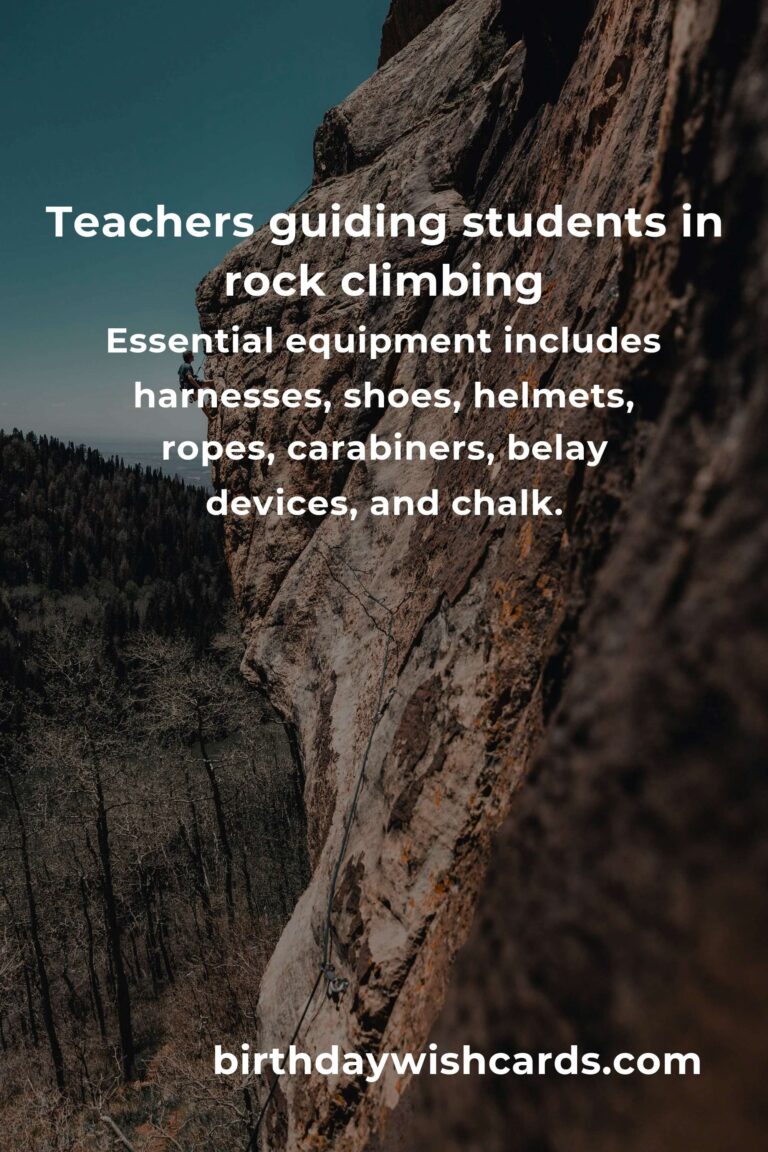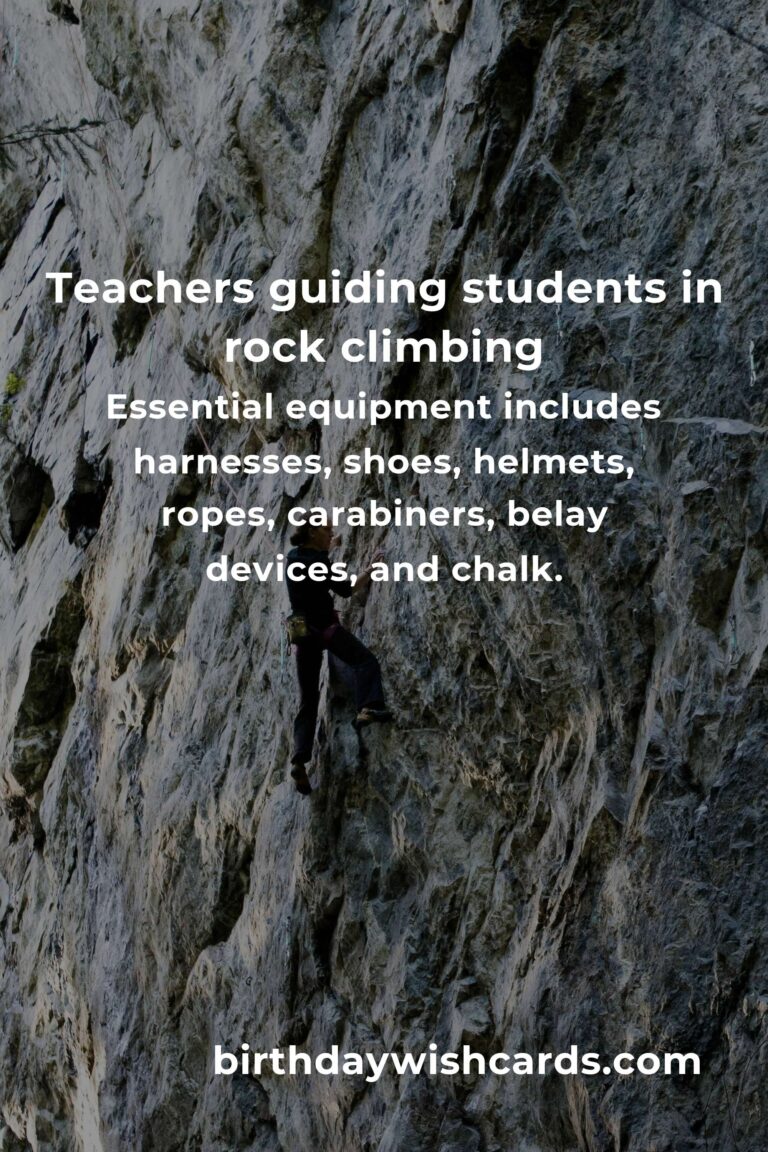
Teaching is not just about imparting knowledge; it’s about inspiring courage, fostering resilience, and opening doors to new adventures. For teachers considering introducing students to the exhilarating world of rock climbing, the right equipment is crucial. This guide is crafted with care, focusing on safety, accessibility, and the joy of teaching rock climbing effectively.
Understanding the Basics: Why Equipment Matters
Before diving into the specifics, let’s talk about why equipment is so important. Rock climbing is an activity that combines physical challenge with mental acuity. The right gear ensures safety and enhances the climbing experience, allowing educators to focus on teaching with confidence and peace of mind. Whether you’re organizing a school trip to a climbing gym or an outdoor expedition, having the right tools can make all the difference.
Must-Have Rock Climbing Gear for Teachers
Let’s explore the essential equipment every teacher should consider when planning a climbing session.
1. Climbing Harnesses: Safety First
A climbing harness is the foundation of climbing safety. It connects the climber to the rope, providing security during ascents and descents. When selecting harnesses for students, prioritize comfort and adjustable options to accommodate different body sizes. Brands like Petzl and Black Diamond offer reliable options that are both durable and user-friendly.
2. Climbing Shoes: Grip and Comfort
Climbing shoes are designed to provide grip on rock surfaces, enhancing performance and safety. Look for shoes that fit snugly but comfortably, offering support without causing discomfort. Consider renting shoes for beginners to ensure a variety of sizes are available, making the experience inclusive for all.
3. Helmets: Protecting Young Minds
Helmets are non-negotiable in climbing, protecting climbers from potential falls or falling debris. Choose helmets that are lightweight yet robust. Brands like Mammut and Edelrid provide excellent options designed with young climbers in mind, ensuring safety without compromising on comfort.
4. Ropes and Carabiners: The Lifelines
Ropes and carabiners form the lifeline of any climbing activity. Dynamic ropes, which stretch under load, are ideal for climbing as they absorb the force of a fall. Carabiners are used to connect the rope to the harness, and it’s crucial to have a mix of locking and non-locking carabiners for different applications. Ensure all gear is UIAA certified for safety standards.
5. Belay Devices: Mastering the Art of Belaying
Belaying is the technique of controlling the rope for a climber, essential for safety. Belay devices, such as the ATC (Air Traffic Controller) or Grigri, help manage the rope during climbs. Training students in proper belaying techniques is vital, as it builds trust and teamwork among peers.
6. Chalk and Chalk Bags: Enhancing Grip
Chalk helps keep hands dry and improves grip, a small yet significant tool in a climber’s arsenal. Chalk bags come in various sizes and styles, allowing students to carry their own supply conveniently.
Creating a Supportive Climbing Environment
Beyond equipment, fostering a supportive environment is key to a successful climbing experience. Encourage students to set personal goals, celebrate achievements, and learn from each climb. Use storytelling to connect climbing lessons to life skills, such as perseverance and problem-solving.
Incorporating Safety Training into Lessons
Before hitting the climbing wall, conduct safety training sessions. Teach students how to check their gear, the importance of communication during climbs, and how to respond in emergencies. Regular drills and safety checks build confidence and competence, ensuring a fun and secure environment for everyone.
Empowering Teachers: Resources and Support
For teachers new to climbing, resources and support are available. Consider partnering with local climbing gyms or hiring certified instructors to assist with lessons. Online forums and educator networks can provide valuable insights and tips from experienced climbing teachers.
Conclusion: Climbing Towards the Future
Rock climbing offers students the chance to challenge themselves, build resilience, and experience the joy of reaching new heights. With the right equipment and supportive guidance, teachers can transform climbing into a powerful educational tool that resonates beyond the classroom. Equip yourself with knowledge, gear, and a heart ready to inspire—because every climb is a step towards a brighter future.
The right climbing gear ensures safety and enhances the experience, crucial for teachers introducing students to this sport.
Essential equipment includes harnesses, shoes, helmets, ropes, carabiners, belay devices, and chalk.
Creating a supportive environment boosts students’ confidence and connects climbing lessons to life skills.
Safety training and resources empower teachers to teach climbing effectively and securely.
#RockClimbingForTeachers #EmpowerThroughAdventure #SafeClimbing #InspireYoungClimbers

